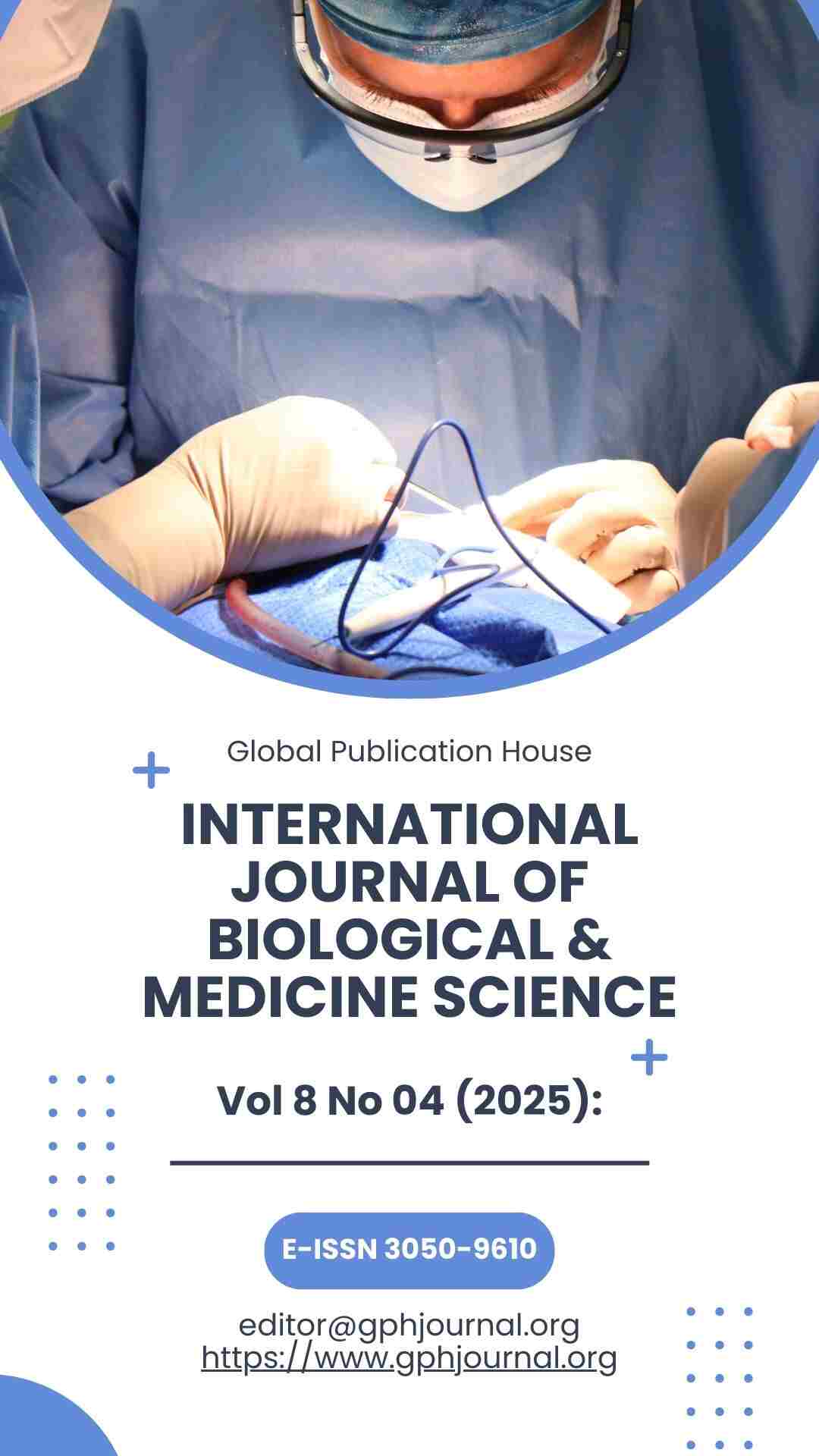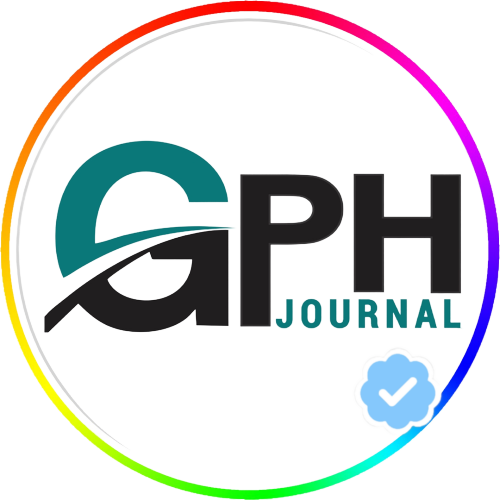Hand Function Unlocked: A Public Health Review of Kinesio Taping and Mirror Therapy in Children with Hemiplegic Spastic Cerebral Palsy
Abstract
Background: Hemiplegic spastic cerebral palsy (CP) significantly impairs hand function in affected children, leading to reduced independence and increased caregiver burden. Kinesio taping and mirror therapy have emerged as promising rehabilitation interventions to improve motor function. However, their comparative effectiveness and integration into public health strategies remain underexplored. Objective: This review critically examines the existing literature on the effects of Kinesio taping and mirror therapy on hand function in children with hemiplegic spastic CP, emphasizing implications for community-based rehabilitation and public health integration. Methods: A comprehensive literature search was conducted across major databases focusing on randomized controlled trials, systematic reviews, and clinical studies evaluating Kinesio taping and mirror therapy outcomes in paediatric hemiplegic spastic CP. Public health frameworks, accessibility, cost-effectiveness, and caregiver involvement were considered. Results: Both Kinesio taping and mirror therapy demonstrated significant improvements in hand function, spasticity reduction, and functional independence. Kinesio taping offers proprioceptive support and ease of use, suitable for community health workers, while mirror therapy promotes neuroplasticity and active patient engagement with minimal resources. Integration of these low-cost interventions into community-based rehabilitation programs can expand access, especially in resource-limited settings. Conclusion: Kinesio taping and mirror therapy are effective, scalable rehabilitation approaches with substantial potential for public health integration. Implementing these therapies through community health frameworks can reduce disability, enhance quality of life, and alleviate caregiver burden in children with hemiplegic spastic CP. Further large-scale studies are warranted to optimize protocols and assess long-term public health outcomes.
Downloads
References
Rosenbaum P, Paneth N, Leviton A, et al. A report: the definition and classification of cerebral palsy April 2006. Dev Med Child Neurol Suppl. 2007;109:8-14.
Odding E, Roebroeck ME, Stam HJ. The epidemiology of cerebral palsy: incidence, impairments and risk factors. Disabil Rehabil. 2006;28(4):183-91.
Olusanya BO, Davis AC, Wertlieb D, et al. Global burden of childhood disability and rehabilitation needs: a systematic review. Pediatr Res. 2018;84(1):1-10.
Novak I, Hines M, Goldsmith S, Barclay R. Clinical prognostic messages from a systematic review on cerebral palsy. Pediatrics. 2013;131(5):e1310-23.
Bleyenheuft Y, Gordon AM. Precision grip control, sensory integration, and manual dexterity in children with hemiplegic cerebral palsy: a review. Dev Med Child Neurol. 2013;55(1):31-40.
Petrenchik T, Rappolt S, Fehlings D. Perspectives of children with cerebral palsy, parents and clinicians on upper extremity interventions. Dev Neurorehabil. 2010;13(6):405-15.
Peterson MD, Ryan JM, Hurvitz EA, Mahmoudi E. Chronic conditions in adults with cerebral palsy. JAMA. 2015;314(21):2303-5.
Williams S, Whatman C, Hume PA, Sheerin K. Kinesio taping in treatment and prevention of sports injuries: a meta-analysis of the evidence for its effectiveness. Sports Med. 2012;42(2):153-64.
Słupik A, Dwornik M, Białoszewski D, Zych E. Effect of kinesio taping on bioelectrical activity of the Vastus Medialis muscle. Preliminary report. Ortop Traumatol Rehabil. 2007;9(6):644-51.
Bae YH, Lee BH. Effects of kinesio taping on upper-extremity function and activities of daily living in patients with hemiplegic stroke. J Phys Ther Sci. 2013;25(10):1279-81.
Yilmaz D, Kitis A, Unver B, et al. The effect of kinesio taping on spasticity, strength and functional motor abilities in children with cerebral palsy: a randomized controlled trial. J Pediatr Rehabil Med. 2019;12(3):263-71.
Karabay I, Tugcu I, Baltaci G, et al. The effect of kinesio taping on upper extremity function in children with cerebral palsy. J Phys Ther Sci. 2015;27(11):3503-6.
World Health Organization. Rehabilitation 2030: a call for action. 2017. Available from: https://www.who.int/rehabilitation/rehab-2030/en/.
Ramachandran VS, Altschuler EL. The use of visual feedback, in particular mirror visual feedback, in restoring brain function. Brain. 2009;132(Pt 7):1693-710.
Chan B, Tsang WL, Cheung K, et al. Mirror therapy for children with hemiplegic cerebral palsy: a randomized controlled trial. Dev Med Child Neurol. 2014;56(8):767-72.
Lee MH, Chun MH. The effects of mirror therapy on hand function in children with hemiplegic cerebral palsy. Am J Phys Med Rehabil. 2014;93(9):766-72.
Thiagarajan S, Kannan R, Singh R, et al. Mirror therapy in rehabilitation of upper limb motor function: a systematic review and meta-analysis. Indian J Physiol Pharmacol. 2017;61(4):263-75.
Byl NN, McKenzie AL, Hacker S, et al. Cortical reorganization after mirror therapy in children with hemiplegic cerebral palsy. J Pediatr Rehabil Med. 2016;9(4):257-66.
Ma J, Xie H, Liu Y, et al. Cost-effectiveness of mirror therapy in rehabilitation of upper extremity function in children with hemiplegic cerebral palsy. Clin Rehabil. 2020;34(4):498-508.
World Health Organization. Community-based rehabilitation guidelines. 2010. Available from: https://www.who.int/disabilities/cbr/guidelines/en/.
Mlinaric M, Burmaz T, Kozina D, et al. Task-shifting for rehabilitation in cerebral palsy: a pilot project in rural areas. Disabil Rehabil. 2021;43(15):2113-20.
Novak I, Morgan C, Adde L, et al. Early, accurate diagnosis and early intervention in cerebral palsy: advances in diagnosis and treatment. JAMA Pediatr. 2017;171(9):897-907.
O’Sullivan R, Ullen F, Nyberg L. Early intervention to prevent secondary complications in cerebral palsy: a public health imperative. Disabil Health J. 2018;11(2):255-62.
Greaves S, Llewellyn G, O’Hare A. Psychosocial impact of cerebral palsy on caregivers: a population-based study. Dev Med Child Neurol. 2020;62(9):1075-82.
United Nations. Sustainable Development Goals. 2015. Available from: https://sdgs.un.org/goals
Author(s) and co-author(s) jointly and severally represent and warrant that the Article is original with the author(s) and does not infringe any copyright or violate any other right of any third parties, and that the Article has not been published elsewhere. Author(s) agree to the terms that the GPH Journal will have the full right to remove the published article on any misconduct found in the published article.























